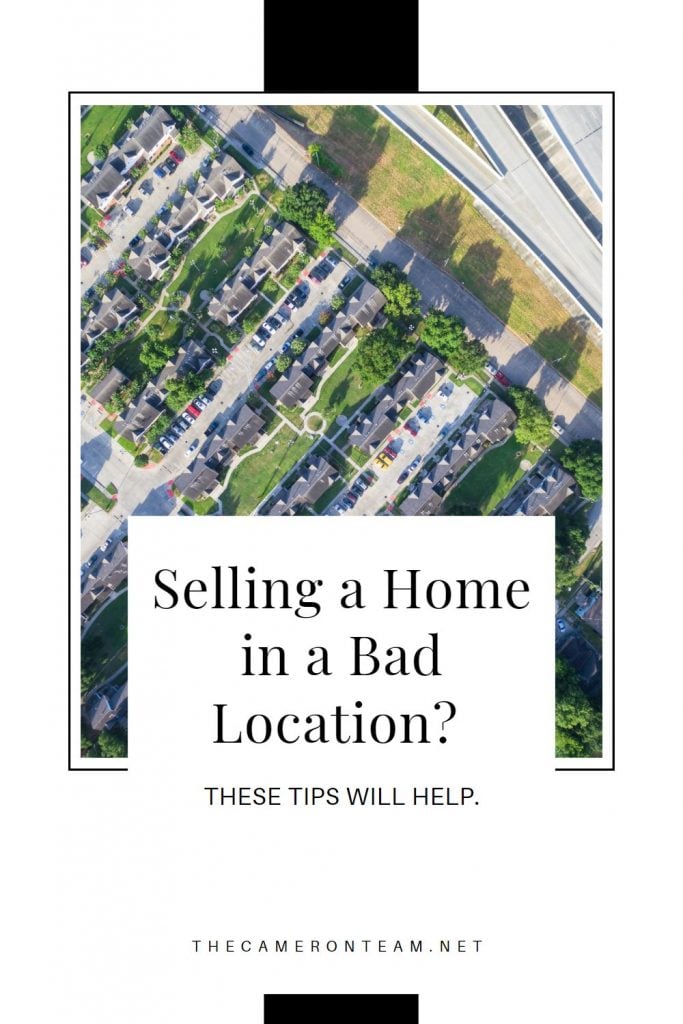Selling a home can be a daunting task, but selling a home in a bad location can be even more challenging. Whether it’s a high-crime area, close to a busy highway, or near a noisy industrial site, a home’s location can greatly affect its value and appeal to potential buyers. However, don’t despair! There are still ways to make your home stand out and sell even in a less desirable location. In this post, we’ll share some tips and tricks that can help you sell your home, even if it’s in a bad location. From highlighting the positive aspects of your property to improving its curb appeal and staging it creatively, these expert tips are sure to help you find the right buyer and get the best possible price for your home.
1. Identify the Problematic Aspects of Your Location
When it comes to selling a home in a bad location, the first thing that you should do is identify the problematic aspects of your location. This could include a number of different factors, such as high crime rates, poor school districts, lack of public transportation, or even undesirable neighbors.
Once you have identified the problematic aspects of your location, you can begin to take steps to either address these issues or find ways to work around them. For example, if your home is located in a high crime area, you may want to consider installing security cameras or hiring a security service to make potential buyers feel more safe and secure.
If the school district in your area is subpar, you may want to consider highlighting other aspects of your home that may appeal to families, such as a large backyard or a finished room over the garage that would make for a great hobby room.
It’s also important to be honest with potential buyers about any issues with your location. While you don’t want to scare them off, you also don’t want to mislead them into thinking that your location is better than it actually is. By being upfront and transparent, you can establish trust with potential buyers and increase the likelihood of a successful sale.
2. Understand Your Target Market
Understanding your target market is crucial when selling a home in a bad location. It’s important to identify who your potential buyers are and what they are looking for in a home. This will help you tailor your marketing efforts and make your property stand out from the rest.
For example, if your property is located near a busy highway, it may not be suitable for families with young children. However, it could be perfect for a young professional who prioritizes easy access to transportation.
Another important consideration is the price range of your target market. If your property is in a bad location, it may be difficult to sell at a high price point. In this case, you may need to lower the price to attract buyers who are willing to compromise on location for a better deal.
Knowing your target market will also help you determine the best channels for marketing your property. For instance, if your target market is young professionals, you may want to focus your marketing efforts on social media and online listings. On the other hand, if your target market is retirees, traditional advertising channels such as print ads and local newspapers may be more effective.
In summary, understanding your target market is crucial when selling a home in a bad location. By tailoring your marketing efforts to your potential buyers, you can make your property stand out from the crowd and increase the likelihood of a successful sale.
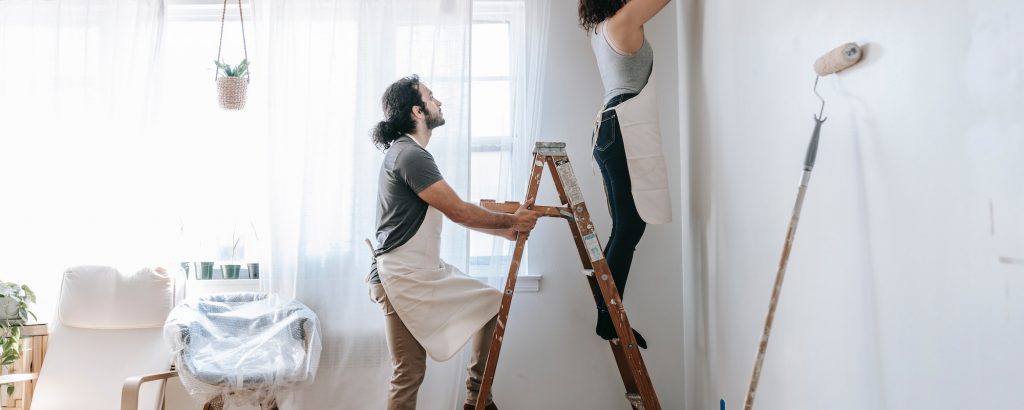
Interior Painting – Photo by Blue Bird from Pexels.
3. Focus on Home Improvements
One of the most effective ways to sell a home in a bad location is to focus on home improvements. By improving the look and feel of your home, you can make it more attractive to potential buyers, making them more willing to overlook the less desirable location.
Start by addressing any major issues with your home, such as structural problems, outdated electrical or plumbing systems, or a leaky roof. These issues can be a major turn-off for potential buyers and can be a hurdle to overcome no matter where your home is located.
Next, focus on cosmetic improvements. This can include updating the paint, adding new fixtures or hardware, and replacing outdated flooring or appliances. These updates can make a noticeable difference in the overall appeal of your home and can help you stand out in a crowded market.
Finally, don’t underestimate the importance of curb appeal. While you may not be able to change the location of your home, you can make it more inviting from the outside. This can include adding landscaping, painting the exterior, or updating the front door.
By focusing on home improvements, you can make your home more appealing to potential buyers, regardless of its location. And with the right marketing and pricing strategy, you can sell your home faster and for a better price, even if it’s in a less desirable location.
4. Stage Your Home to Sell
When it comes to selling a home in a bad location, staging becomes even more crucial. The goal of staging is to highlight the best features of your home and distract from any negative aspects, such as a less-than-ideal location.
Start by decluttering and depersonalizing the space. This means removing any excess furniture or decor, as well as family photos or personal items. Patch the walls and paint the rooms a neutral color. The goal is to create a blank slate that potential buyers can envision as their own.
Next, focus on lighting and ambiance. Make sure each room is well-lit with natural and artificial light. Use warm, inviting colors and add cozy touches like throws and pillows.
As mentioned before, don’t underestimate curb appeal. Even if the location isn’t ideal, make sure the front of your home looks attractive and well-maintained. This could include fresh landscaping, a new coat of paint, or updated outdoor lighting.
Finally, consider hiring a professional stager. They will have the expertise to create a cohesive and inviting space that will appeal to a wide range of potential buyers.
Remember, when selling a home in a bad location, it’s all about highlighting the positive and creating an inviting atmosphere that buyers can see themselves living in.
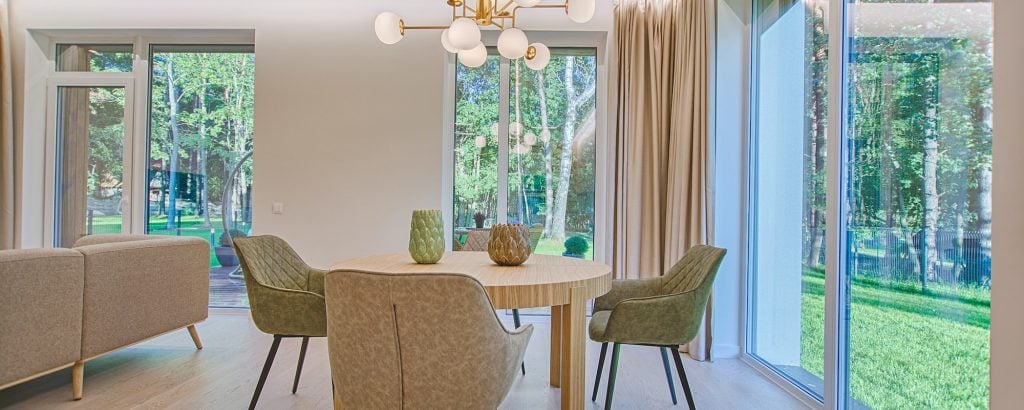
Photo by Vecislavas Popa from Pexels.
5. Lower Your Price
One of the most effective ways to sell a home in a bad location is to lower the price. While this may not be the most attractive option for a seller, it is often the most practical. Buyers are always looking to get the most for their money and if your home is in a bad location, you may need to adjust the price to attract interest.
It’s important to do your research and find out what similar homes in the area are selling for. If your home is priced too high, it will likely sit on the market for a long time, which can be frustrating for you, the seller. Lowering the price to a more competitive level can help to attract more interest and get the home sold faster.
It’s also important to be realistic about the price. While you may have an emotional attachment to the home and believe it is worth a certain amount, the market may not agree. Consider getting a professional appraisal and taking the advice of your real estate agent before setting the price.
Lowering the price can also be a negotiation tactic. If a buyer is interested in the home but is hesitant because of the location, lowering the price may be enough to seal the deal. Remember, it’s better to sell the home for slightly less than to have it sit on the market for months on end.
6. Get Creative with Your Listing
One of the best ways to sell a home in a bad location is to get creative with your listing. When potential buyers are searching for properties, they are more likely to be drawn to listings that stand out from the rest. This means that you need to make your listing unique and memorable.
One way to do this is to focus on the positive aspects of your home, rather than the negative aspects of the location. For example, if your home has a large, well-maintained yard, you could highlight this in your listing and showcase photos of the outdoor space. You could also focus on the interior features of your home, such as its spacious layout or updated appliances.
Another way to get creative with your listing is to offer incentives to potential buyers. For example, you could offer to pay for the closing costs, or you could offer a cashback incentive to buyers who close on the property within a certain time frame. These incentives can help to make your property more attractive to buyers, even if it is located in a less-than-ideal area.
Finally, consider using professional photography and staging services to make your home look its best. When potential buyers see high-quality photos of a beautifully staged home, they are more likely to overlook the location and focus on the property itself. With a little creativity, you can make your home stand out and attract buyers, even if it is located in a bad location.
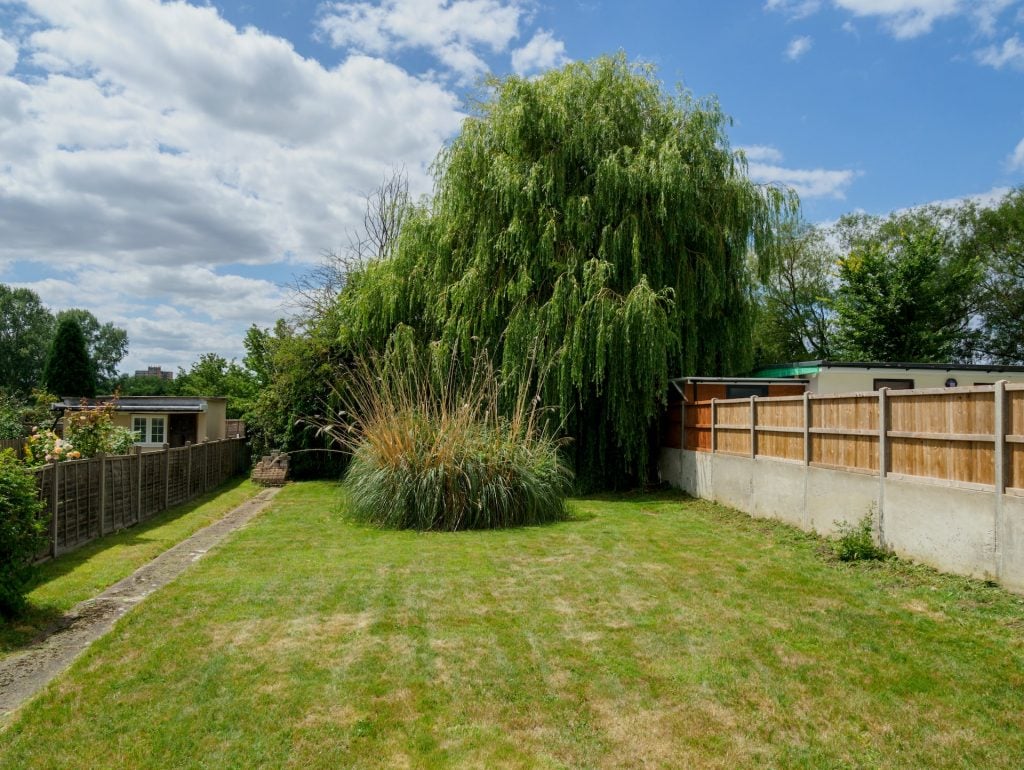
Photo by Brett Jordan on Unsplash
7. Upgrade Your Marketing Efforts
If you’re selling a home in a less desirable location, it’s important to upgrade your marketing efforts to reach potential buyers beyond your immediate area. Start by hiring a professional photographer to capture high-quality images of your home. These images will be used in all marketing materials, including online listings and printed brochures. Consider creating a virtual tour or video of your home to give potential buyers a better sense of the layout and features.
Social media can also be a powerful tool for reaching a wider audience. Share your listing on all of your social media accounts and ask friends and family to share it as well. Consider running targeted ads on social media platforms to reach people who may be interested in your property.
In addition to online and social media marketing, consider traditional marketing methods as well. Place a “For Sale” sign in your yard and in high traffic areas near your property. Create flyers and brochures to distribute to local businesses and community centers. You never know who may be in the market for a new home, and these materials can help spread the word about your listing.
Finally, consider hosting an open house or hosting private showings to give potential buyers a chance to see your home in person. This is a great opportunity to highlight the unique features and benefits of your property and answer any questions potential buyers may have. With the right marketing efforts, you can attract interested buyers from all over and ultimately sell your home, even in a less desirable location.
8. Pay Up the Positives
When selling a home in a bad location, it’s important to play up the positives of the property. Every home has something special that makes it unique, and you should focus on highlighting those features to potential buyers.
For example, if your home is located on a busy street, you can emphasize the convenience of having access to public transportation or being within walking distance to shops and restaurants.
If the house is located in a neighborhood with a high crime rate or poor school district, you can highlight the house’s security features or the potential to renovate and create a more modern and comfortable living space.
In addition, you can also focus on the potential for the location to improve in the future. This could include upcoming developments in the area or plans for new transportation infrastructure. Just make sure whatever you highlight is material fact and not speculation.
By playing up the positives of your home, you can help potential buyers see past the location and focus on the features that make your property unique and desirable.
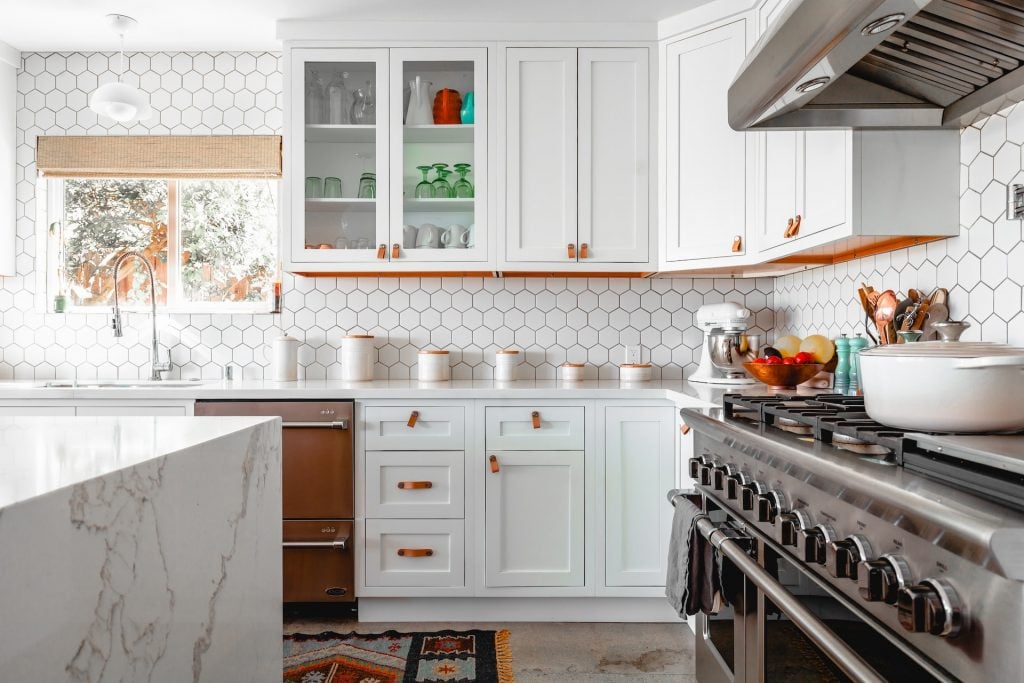
Photo by roam in color on Unsplash
Conclusion
Selling a home in a bad location is not an easy task, and it requires patience. You may not receive offers as quickly as you would like, and you may have to wait for the right buyer to come along. In some cases, it may take several months or even a year to sell your home.
During this time, it’s important to remain patient and not become discouraged. You can take steps to make your home more appealing to potential buyers, such as improving curb appeal, updating the interior, and staging the home for showings. However, ultimately, the location is something that you cannot change.
It’s important to keep in mind that every home has a buyer, and with the right marketing strategy and pricing, you can find someone who is willing to overlook the location and see the value in your home. If you’re in a hurry to sell, price your home aggressively; otherwise, let your upgrades and unique features do the work of selling your home.
Being patient also means being flexible with your selling strategy. If you’re not receiving any bites, consider adjusting your marketing or pricing strategy. It may be helpful to seek the advice of a professional real estate agent who can provide guidance and support throughout the selling process. Remember, the right buyer is out there, and with patience and perseverance, you can sell your home in a bad location.


